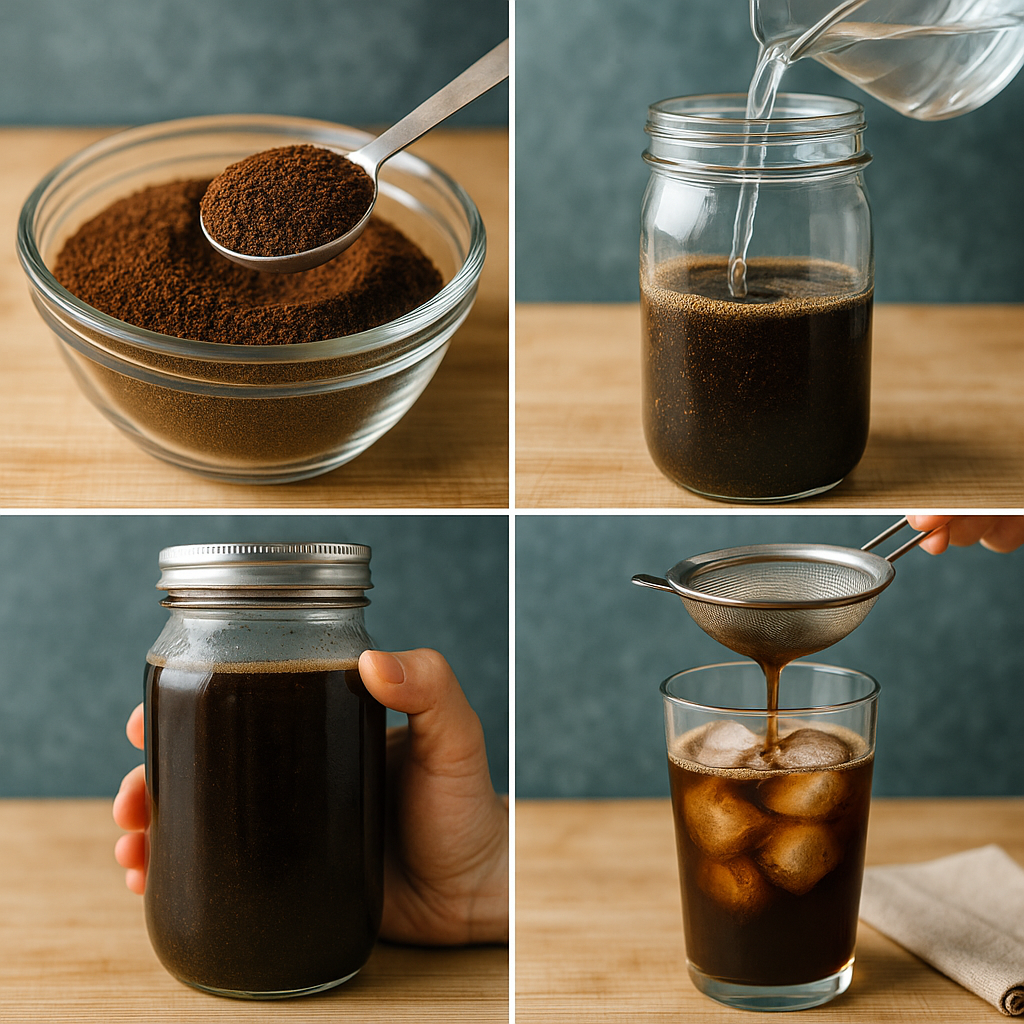Have you ever wondered why coffees from Ethiopia taste so different from those grown in Colombia? Or why the same coffee variety can produce completely different flavor notes depending on where it’s cultivated?
The answer lies in a concept known as terroir—a word borrowed from the world of wine that is gaining importance in specialty coffee. If you’ve never heard of it, or thought it only applied to vineyards, it’s time to take a deeper look at how terroir influences every sip of your brew.
What Exactly Is Terroir?
Is it just about where the coffee comes from?
Not quite. Terroir refers to the unique combination of environmental factors that influence how a coffee plant grows and, ultimately, how the beans taste. These factors include:
- Altitude
- Climate (temperature, rainfall, humidity)
- Soil type and nutrients
- Sunlight exposure
- Microclimate and local ecosystem
- Farming practices
Together, these elements create a fingerprint for the coffee—no two terroirs are exactly alike, even in neighboring farms.
How Does Terroir Affect the Taste of Coffee?
Can you really taste the soil or the altitude?
In a way—yes. Terroir affects how the coffee cherry develops, how much sugar it contains, how dense the bean is, and how it reacts to processing and roasting. These differences manifest as flavor, acidity, body, and aroma in the cup.
For example:
- High-altitude coffees tend to be more acidic and complex, with floral or fruity notes.
- Volcanic soils (like those in Guatemala or Hawaii) can lead to bold, earthy flavors.
- Dry climates may result in denser beans and slower maturation, producing sweeter coffees.
- Tropical rainforest terroirs (like in Ethiopia) often yield beans with bright citrus or berry notes.
Terroir doesn’t just impact flavor—it defines it.
Why Is Terroir So Important in Specialty Coffee?
Is terroir only for experts and competitions?
Not at all. Terroir is what makes specialty coffee so exciting. Instead of coffee being just “strong” or “black,” it becomes a sensory experience full of stories, origins, and subtle notes.
For roasters and baristas, understanding terroir helps them:
- Select beans that fit specific flavor profiles
- Highlight the unique qualities of each origin
- Educate consumers and tell compelling sourcing stories
For coffee drinkers, terroir offers a way to explore and compare—just like wine lovers do with vintages and regions.
How Does Terroir Compare Across Regions?
What makes Ethiopian coffee different from Brazilian?
Let’s compare a few:
Ethiopia
- High elevation, wild coffee forests, heirloom varieties
- Washed or natural process
- Tasting notes: jasmine, blueberry, bergamot, tea-like body
Brazil
- Lower altitude, large-scale farms, mechanical harvest
- Mostly natural or pulped-natural process
- Tasting notes: chocolate, nutty, low acidity, creamy body
Colombia
- Diverse microclimates, high mountains, volcanic soil
- Wet processing
- Tasting notes: caramel, citrus, balanced acidity, medium body
Kenya
- High altitudes, red volcanic soil
- Washed process, SL varieties
- Tasting notes: blackcurrant, tomato, winey acidity, juicy body
The diversity is astounding—driven by terroir.
Does Terroir Matter More Than Variety or Processing?
Is terroir more important than how the coffee is processed or what kind it is?
Great question. The truth is, they all work together.
- Variety: Determines genetic potential
- Processing: Affects how flavors are preserved or altered
- Roasting: Can highlight or mask terroir elements
- Terroir: Provides the environmental canvas for it all
Think of it like a recipe—variety is the ingredient, processing is the technique, roasting is the seasoning, but terroir is the origin of the flavor itself.
Can You Taste Terroir at Home?
How do I recognize terroir in my cup?
Start by choosing single-origin coffees from roasters who list details about origin, altitude, farm, and processing. Brew them using consistent methods (like pour-over or French press), and take notes on:
- Acidity (sharp or mellow?)
- Sweetness (fruity, sugary, caramel?)
- Mouthfeel (light, tea-like, or heavy and creamy?)
- Flavors (berries, cocoa, spice, herbs?)
Compare coffees from different regions and you’ll soon begin to recognize patterns. You don’t have to be a professional taster—curiosity is enough.
Final Thoughts: Why Terroir Makes Coffee So Special
Terroir transforms coffee from a routine beverage into a world of flavor, geography, and culture. It explains why one cup tastes like orange peel and honey, and another like dark chocolate and roasted almonds.
Understanding terroir helps you not only drink coffee, but experience it—through the lens of farmers, landscapes, and nature itself. It’s an invitation to travel the globe, one cup at a time.
So next time you sip, ask yourself: What story is this coffee telling me?
Because in the world of specialty coffee, flavor begins at the farm.


